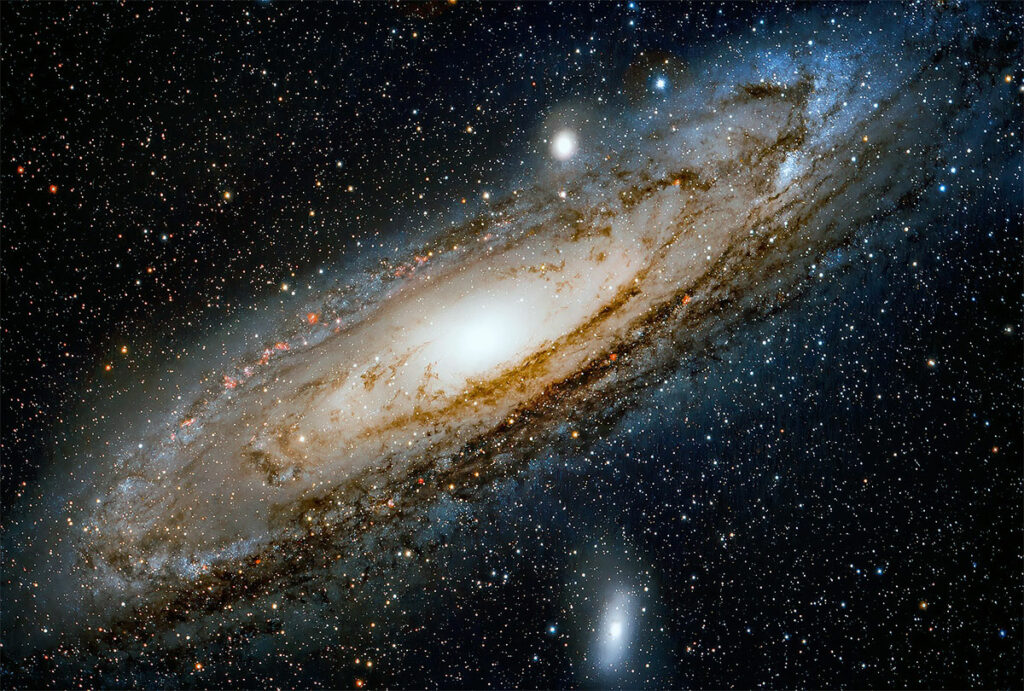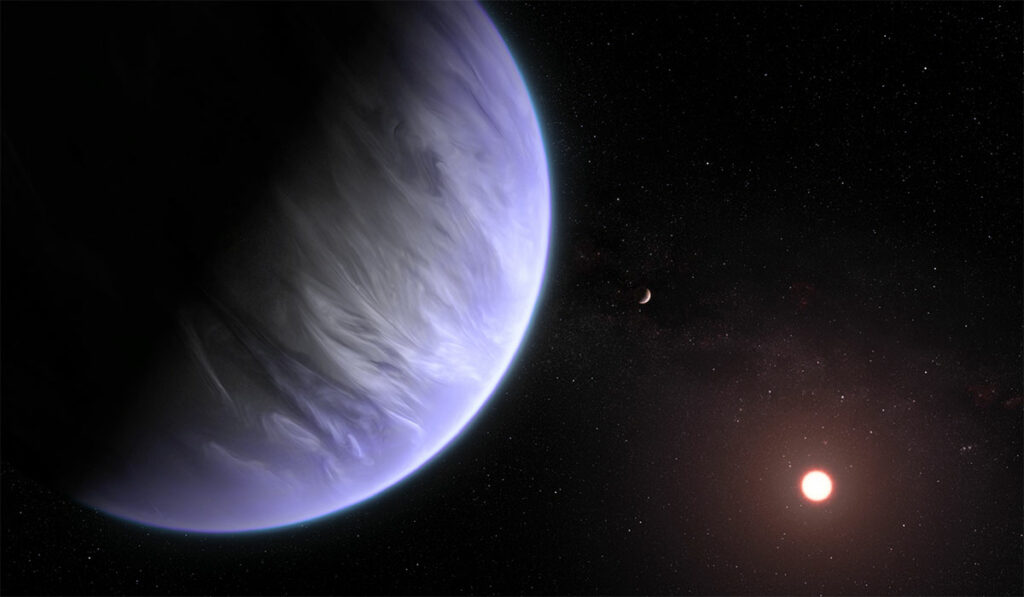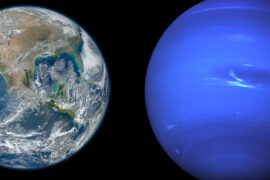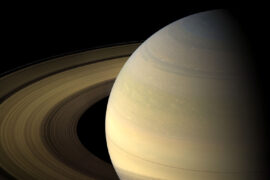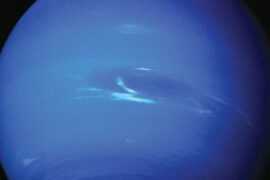The universe is full of galaxies. It is estimated that the observable universe contains about two trillion galaxies. Out of all of these, the Andromeda galaxy is the closest one to us. It is approximately 2.5 million light-years away.
Because it is our galactic neighbor, astronomers are constantly trying to find out answers to the questions we all have about Andromeda. Does it have any planets? What do they look like? Are they habitable?
Does the Andromeda Galaxy have planets?
There is currently only one very strong candidate planet in the Andromeda Galaxy, temporarily named PA-99-N2. It was detected because of a microlensing event in 1999. Astronomers are currently working on trying to confirm it, and if they do, it would be the first official extragalactic planet ever found.
It is almost a certainty that the Andromeda Galaxy contains millions or even billions of planets orbiting around its many stars, however, none of them have been fully confirmed.
Finding planets outside the Solar system is extremely difficult because planets do not emit light. All the exoplanets (planets outside the Solar System) that have been confirmed as such are located within our own galaxy. As our optical technology and data processing techniques advance, we will be able to find more planets farther away in the universe.
In 2010, many scientific publications reported the discovery of a Jupiter-like planet in the Andromeda Galaxy called HIP 13044 b, however, after additional analysis, the data appeared to have multiple problems, and this planet candidate has been discarded.
Andromeda Galaxy Planets Fact Sheet
The following table contains all the information we know about PA-99-N2. Because of the distance, it is really hard to compile accurate data so take these as “best estimates” instead of straight-up facts.
PA-99-N2
| Constellation | Andromeda |
| Galaxy | Andromeda |
| Distance | 2,185,247 light-years |
| Mass | 6.34 Jupiter masses (2015.5 Earth masses) |
| Right ascension | 00h 44m 20.89 |
| Declination | +41° 28′ 44.6″ |
Can the planets in the Andromeda Galaxy support life?
As far as we know, the best chance a planet has to be able to support life or be habitable by humans is to be located within the goldilocks zone, also called the habitable zone of their star system.
The goldilocks zone is the area around a star where a planet needs to be located to be able to have liquid water.
Due to the distance from Earth to the Andromeda galaxy, we don’t have enough data about its stars or planets to accurately tell how many planets there are within these habitable zones.
Statistically, however, we can infer that the probability some of the planets in the galaxy are within the goldilocks area of their stars is high. Hopefully, in the near future we’ll be able to develop new imaging techniques, and telescopes powerful enough to be able to confirm these theories.
Andromeda Galaxy Planets Pictures
Finding new planets on distant galaxies is done using advanced data processing algorithms that try to detect the tiniest changes in areas as small as a single pixel. Because of this, we do not really have pictures or videos that reflect what planets at such distances really look like.
The best we can do with our current level of optical technology is to use this data to predict the composition of a planet and use that to make an educated guess of how it looks like through an artist impression or a 3D rendering.
Summary
- The Andromeda Galaxy is located more than 2.5 million light years away. Because of this, getting accurate data on its planets is really hard
- There is one strong candidate planet detected awaiting confirmation
- Even though astronomers haven’t been able to confirm the existence of specific planets of the galaxy, we know that it is likely there are millions or billions of planets in Andromeda waiting to be discovered.


